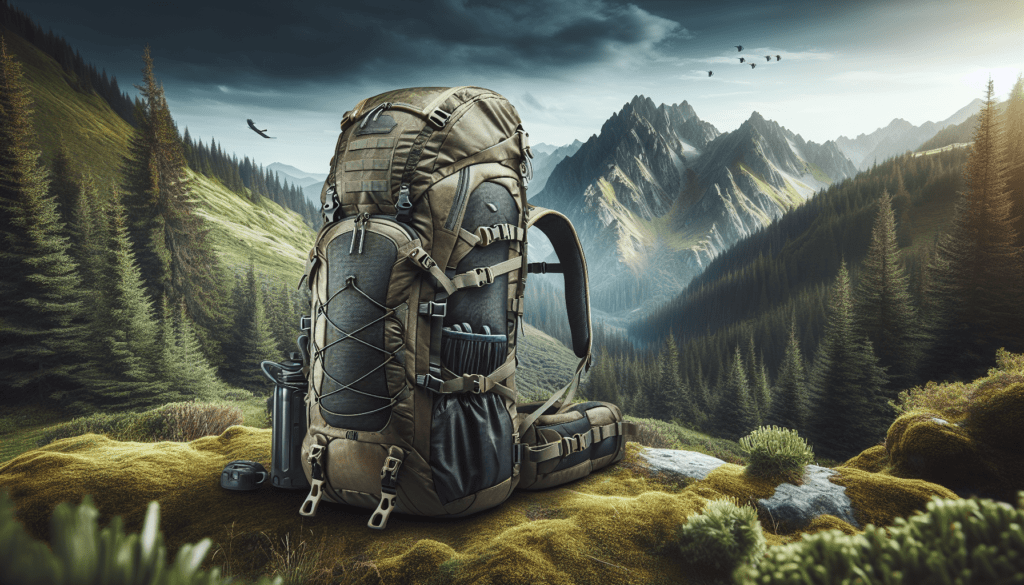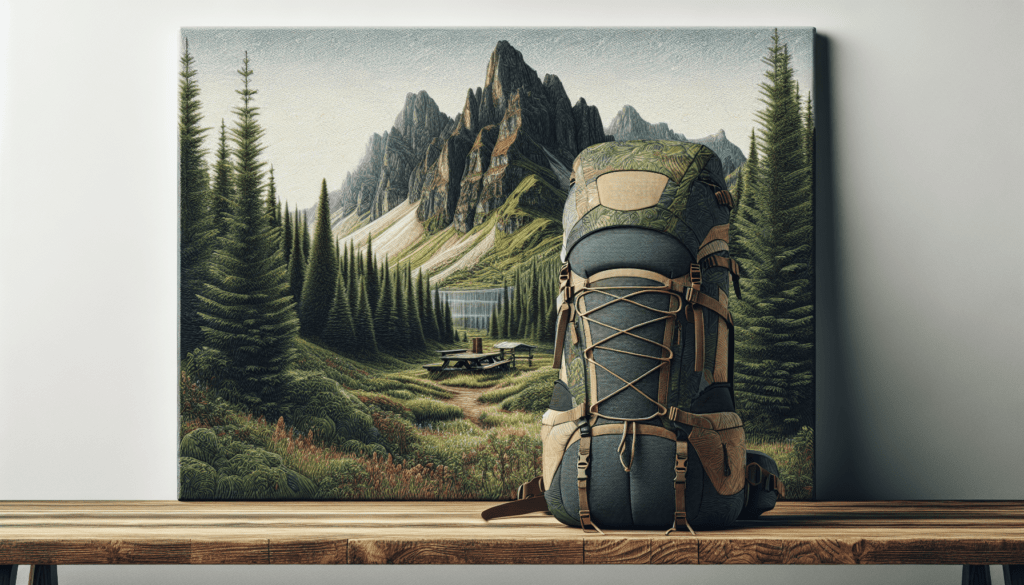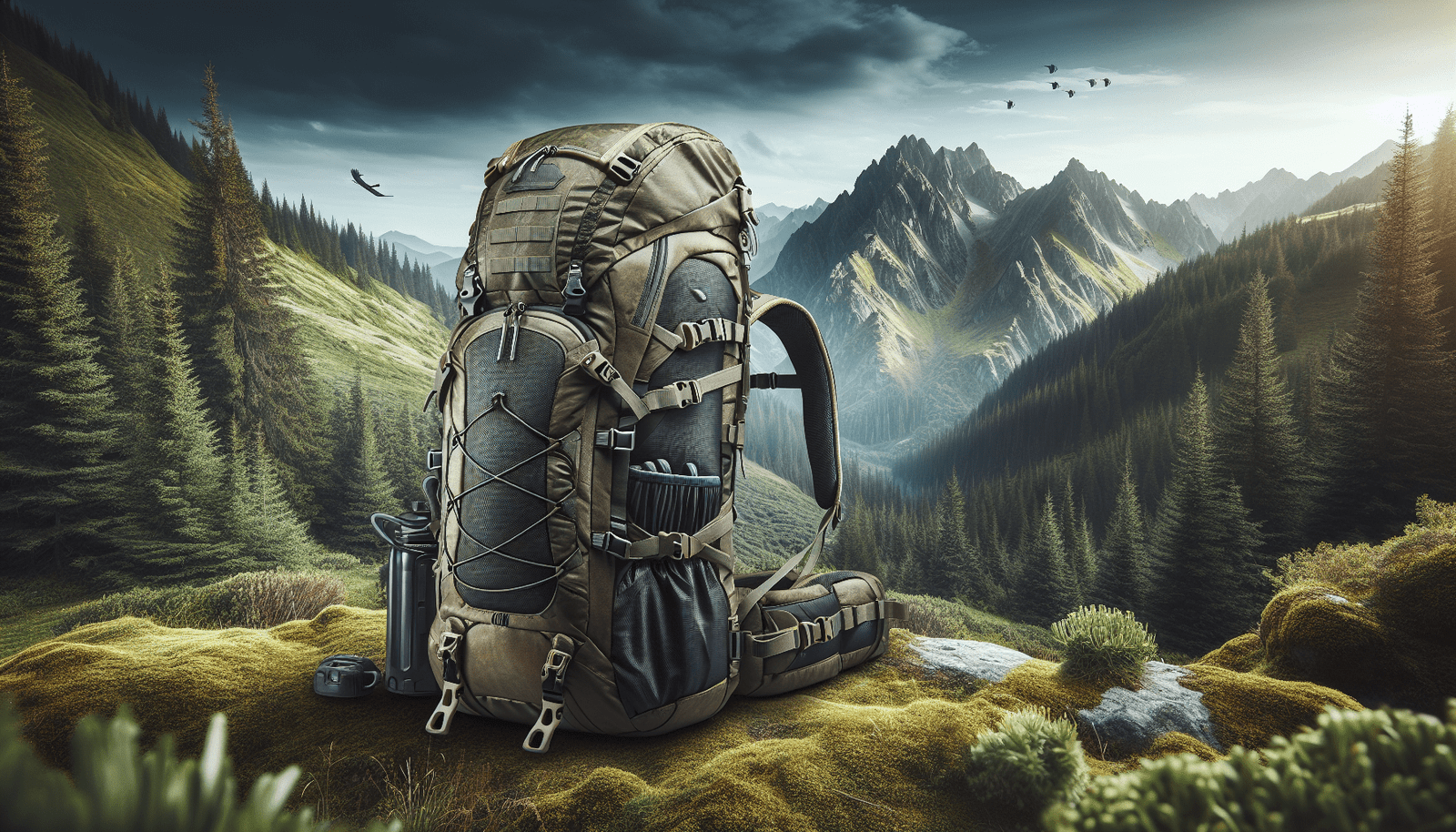Have you ever set out on a multi-day hiking trip and found yourself wishing you had a better backpack? Whether you’re an experienced hiker or planning your first extended outdoor adventure, selecting the right multi-day hiking backpack can make all the difference. A well-chosen backpack not only makes your journey smoother but can also be a game-changer in terms of comfort, functionality, and overall experience.
Capacity: Finding the Right Size
Choosing the correct capacity for your backpack is crucial. The term “capacity” here refers to the volume of your backpack, typically measured in liters. For multi-day trips, you’ll generally need a backpack that can hold anywhere from 50 to 80 liters, depending on the length of your trip and how much gear you plan to bring.
- Weekend Trips (1-3 nights, 50-60 liters): Ideal for short trips where you need just the essentials.
- Extended Trips (3-5 nights, 60-80 liters): Suitable for longer journeys that require more food, water, and gear.
- Expeditions (5+ nights, 70+ liters): Best for extended trips in remote areas where resupply points are scarce.
Durability and Material
When it comes to durability, you’ll want a backpack made from high-quality materials that can withstand rough terrain and adverse weather conditions. Look for backpacks made from materials like nylon or polyester, which offer a good balance of durability and weight. Reinforced stitching and high-quality zippers are also essential for a long-lasting pack.
| Material | Pros | Cons |
|---|---|---|
| Nylon | High tensile strength, durable | Can be heavier |
| Polyester | Lightweight, dries quickly | Slightly less durable |
| Ripstop Fabric | Resistant to tears | Can be expensive |
Comfort and Fit
A good multi-day hiking backpack should be comfortable, even when fully loaded. Comfort is determined by several features, including the suspension system, shoulder straps, and back panel design.
Suspension System
The suspension system is critical to how the backpack distributes weight across your back. A well-designed suspension system can make a heavy load feel much lighter. Features to look for include:
- Internal Frame: Provides structure and helps distribute weight evenly.
- Adjustable Torso Length: Allows you to customize the fit to your body.
- Load Lifters: Straps that pull the weight of the pack closer to your body for better balance and stability.
Shoulder Straps and Hip Belt
The shoulder straps and hip belt are the primary points of contact between you and your backpack. They should be padded and adjustable to ensure even weight distribution and reduce strain on your shoulders and hips. Some high-end backpacks offer pivoting hip belts and contoured shoulder straps for added comfort.
Ventilation
back ventilation is an often-overlooked feature that can significantly impact your hiking experience. Look for back panels with mesh or other breathable materials to keep you cool and reduce sweating.

Organizational Features
Keeping your gear organized is essential when you’re out in the wilderness. Efficient organization allows you to quickly find what you need without unpacking your entire bag.
Main Compartment and Access Points
The main compartment is where you’ll store the bulk of your gear. Some backpacks offer a single top-loading compartment, while others provide multiple access points, such as a bottom compartment or side zippers, to make it easier to reach your gear.
Pockets and Other Compartments
A variety of pockets and compartments can be a lifesaver on the trail. Here are some to look for:
- Front Pockets: Ideal for storing items you need to access quickly.
- Side Pockets: Perfect for water bottles and other small items.
- Hip Belt Pockets: Handy for snacks, a phone, or a map.
- Lid Compartments: Great for holding smaller items like a headlamp or a first-aid kit.
Compression Straps
Compression straps help you cinch down your pack, making it more compact and stable. These straps can also be used to secure additional gear to the outside of your backpack, such as a tent or sleeping pad.

Hydration System Compatibility
Staying hydrated is crucial when you’re out on a multi-day hike. Many modern backpacks come with a built-in sleeve for a hydration reservoir (usually sold separately) and have ports for the drinking tube. Some packs also offer external hydration pockets for easier access.
Weather Resistance
Weather can be unpredictable, especially in the mountains. Having a weather-resistant backpack can protect your gear from getting soaked.
Water-Resistant Materials and Zippers
While some backpacks are made from water-resistant materials, others come with water-resistant zippers or seam-sealed construction. Keep in mind that “water-resistant” is not the same as “waterproof.” For full protection, you might still need a rain cover.
Built-in Rain Cover
Some backpacks come with a built-in rain cover that can be deployed quickly in case of a sudden downpour. If your pack doesn’t come with one, it’s worth investing in a separate rain cover.
Weight
While you want a durable and feature-rich backpack, you also don’t want it to be excessively heavy. The weight of an empty pack can vary from 2 to 6 pounds, and lighter packs are generally more expensive due to the use of advanced materials and design.
Cost
Finally, consider your budget. Prices for multi-day hiking backpacks can range from $100 to $500 or more. While it’s tempting to opt for the cheapest option, remember that a good backpack is an investment in your comfort and safety on the trail. Generally, you get what you pay for when it comes to hiking gear.
Additional Features
Here are some extra features that could enhance your hiking experience:
Trekking Pole and Ice Axe Attachments
Look for loops or straps specifically designed to hold trekking poles or an ice axe. These can be very convenient and help keep your hands free.
Removable Top Lid
Some backpacks come with a removable top lid that can be converted into a daypack or fanny pack for short excursions from your base camp.
Sleeping Bag Compartment
A dedicated sleeping bag compartment with a separate access point can make it easier to pack and unpack your sleeping bag without disturbing the rest of your gear.
Tool Loops and Daisy Chains
Extra loops and daisy chains provide attachment points for additional gear. They’re handy for securing items like carabiners, hats, or a wet rain jacket.
Adjustable Sternum Strap
An adjustable sternum strap helps stabilize the load and prevent the shoulder straps from shifting. Look for one with an integrated emergency whistle for added safety.
Sustainability
More and more brands are focusing on sustainability, using recycled materials and eco-friendly manufacturing processes to create their packs. If this is important to you, look for brands that emphasize eco-friendly practices.
Conclusion
Choosing the right multi-day hiking backpack involves considering various factors, including capacity, durability, comfort, and additional features. By paying attention to these details, you can find a pack that will serve you well on your outdoor adventures. Remember, a good backpack is an investment, not only in your hiking gear but in the quality of your trekking experience.
Happy trails!
Support us! Wilderness gear Pro may earn a small commission from affiliate links in this article. Learn More

